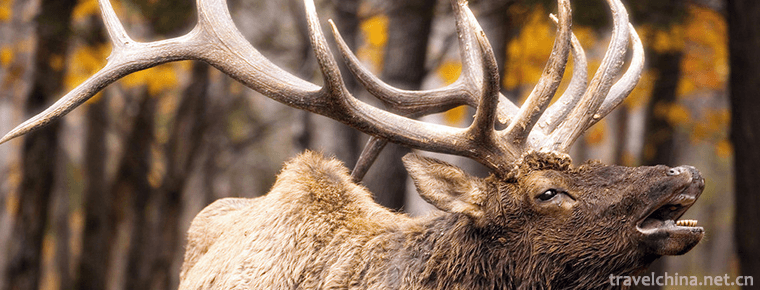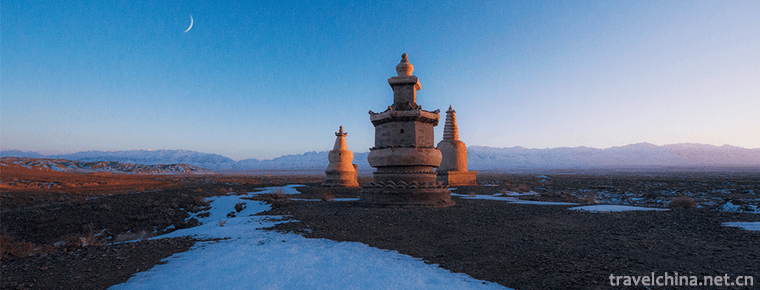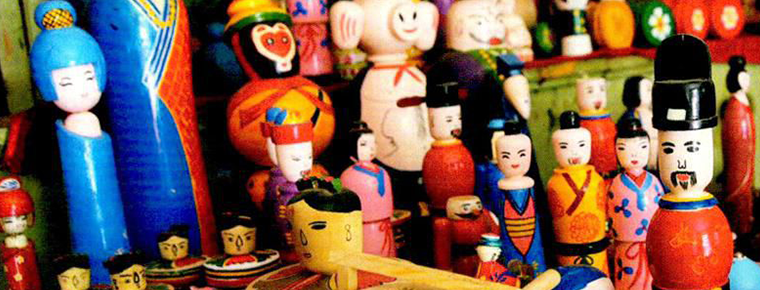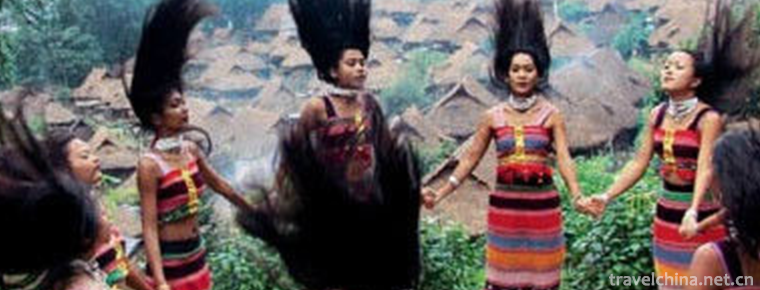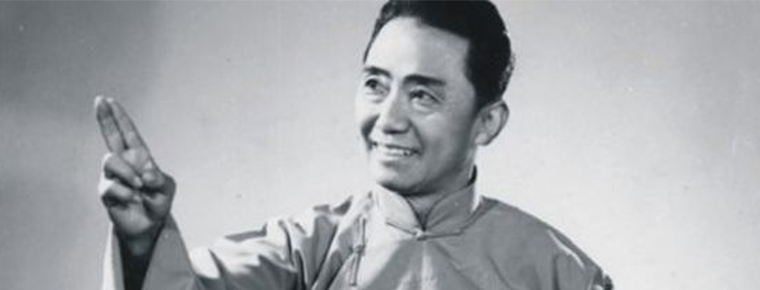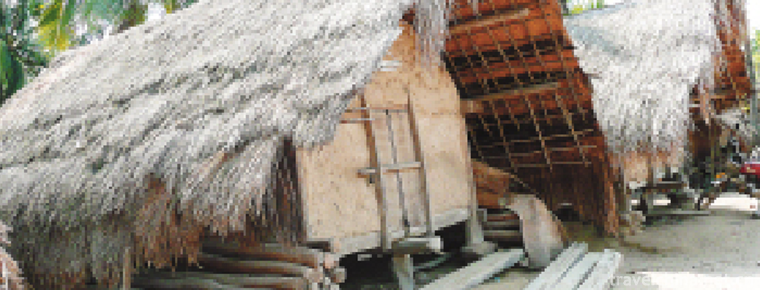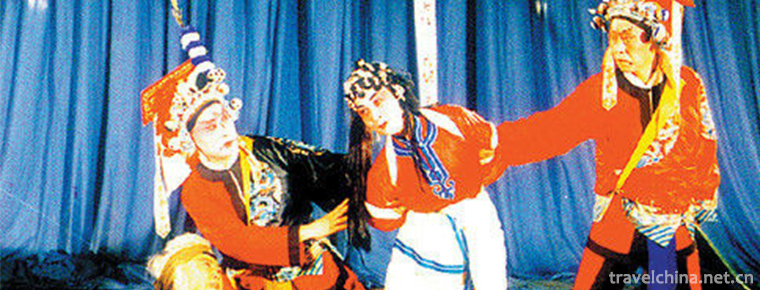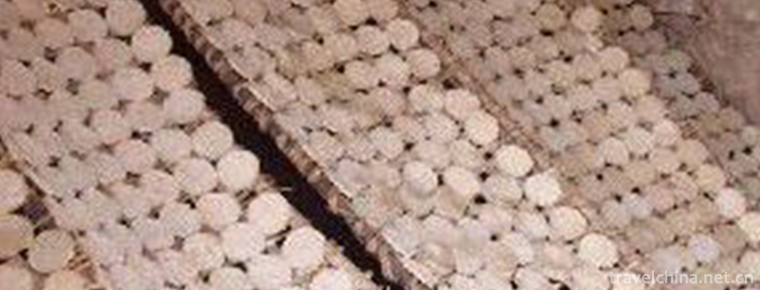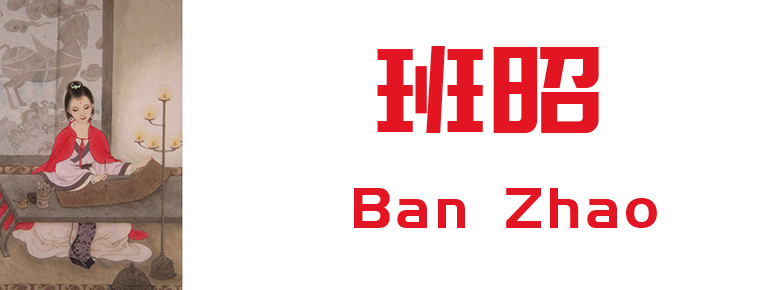Mongolian Wedding
Mongolian Wedding
Mongolian young men and women marry on auspicious days, and men give gifts to women's homes. The gifts include cash, clothes, cloth, jewelry, rice and so on. There are cabinets, bedding, clothes, jewelry, electrical appliances, bicycles, rice, melon seeds and so on. The key is kept by the woman's family. When the bride arrives at the man's house, the bridegroom's mother takes money to redeem the key and gives it to the bride. On the day before marriage, the man will send the pork and wine with red paper to the woman's home as a gift and let the woman's home be used to entertain guests.
introduce
The traditional wedding custom of Mongolian people has a long history and has been handed down from generation to generation in Qiangoruoros Mongolian Autonomous County. Since ancient times, the local Mongolian people have always maintained the traditional marriage customs with the ancient Mongolian characteristics of Guoerros. In the clan society, Mongolians believed that all members of the clan came from a common ancestor, and that they could not marry and marry within the clan, especially the princes and nobles. Mongolian grassland is vast and scattered, marrying a wife or marrying a daughter has to go far away. The daughter does not know when and when she will meet her parents, brothers and sisters again after she marries. Therefore, marriage becomes a happy event for men and women to marry and a sad event for their relatives to separate. The Mongolian people are good at singing and dancing. When they marry, they naturally use singing to express their joy and sorrow. Thus, a wedding song comes into being. After a long historical process, a semi-professional wedding congratulator came into being. The man and the woman "Helmochin" had singers and "Helmochin" on both sides, and gradually formed the wedding custom in accordance with the sequence of wedding activities and the singing throughout the whole process.
Regional Ethnic Groups
Mongolian is one of the inhabited minorities in Qinghai. It entered Qinghai in the 1920s. According to the fifth census, there were 88 829 people in 2000, accounting for 1.71% of the total population of the province, mainly distributed in Delingha, Golmud, Dulan and Ulan counties of Haixi State, Henan Mongolian Autonomous County of Huangnan State, Qilian County, Haiyan County and Menyuan County of Haibei State, as well as Xining City, Hainan Prefecture, Haidong District, Datong County and some areas of Haixi Mongolia Autonomous Region. Family.
Tibetan Autonomous Prefecture and Henan Mongolian Autonomous County. Qinghai Mongolian belongs to the Weilat dialect of Mongolian language, which is basically consistent with the Mongolian language with Zhenglan Banner as the representative of Chahar pronunciation as the standard. But it also has its own characteristics; the written language uses "Hutumu" Mongolian, that is, the same language with Mongolians in Inner Mongolia, Heilongjiang, Jilin, Liaoning and other provinces and regions. Mainly engaged in animal husbandry production, grazing by water and grass, operating sheep, goats, horses, yaks, camels, etc., residential garden-type felted tents "yurts", warm in winter and cool in summer, easy to move and withstand the fierce sun and cold; part of the agricultural production in small agricultural areas and Eastern Agricultural areas, residential villa-style civil structure houses. Its costumes are different from both Tibetans and Mongolians in Inner Mongolia because they have lived with Tibetans and Han nationalities for a long time. Both men and women wear "Dewu Day" (long leather gown) in winter, mostly suede for clothes, Lawu Xiege (jacket) in summer and autumn, and "Wuqi" for festivals or guests (lambskin gown with satin or velvet, with otter leather edge or colored bat edge), all wearing silk belts. Poria tea is an indispensable habits of Mongolian people. Qinghai Mongols are good at singing and dancing, hospitable and gracious. They like wrestling and horse racing. They believe in Buddhism and generally worship the Gelug School of Tibetan Buddhism.
Characteristics of Marriage Customs
The marriage custom of the Mongolian people begins with courtship. The man must courtship the woman's family many times before he can get the promise of the woman's family. There is a proverb of the marriage custom of the Mongolian people that "asking for more is expensive, asking for less is cheap." After reaching an agreement, the man takes Hada, milk wine and sheep to the woman's house to "hire them down", and the woman invites relatives and friends to accompany the guests to drink, which indicates the formal engagement.
Mongolian engagement gives many gifts
If a Mongolian boy has a crush on a girl, before his engagement, he should ask the matchmaker to carry the symbols of harmony, sweetness, exuberant sugar, tea, glue and other things, wrap a white handkerchief and go ahead to pick it up. If the woman accepts it, the marriage can be carried out. Afterwards, the husband's parents and himself will propose with gifts such as Hada, milk and candy, usually several times before they get engaged. After the woman receives the engagement, the man also delivers three drinks to the woman. If the woman receives all the three drinks and drinks them, the marriage will be decided. When approaching the wedding date, the man will give the woman a gift, usually boiled a whole sheep, as well as wine, tea, Hada. The woman warmly welcomed the giver, toasted both sides, praised auspicious sentences, and celebrated the song.
The groom was challenged by a broken sheep's neck
After arriving at the bride's home, the Mongolian groom in Ordos and the welcoming party are always treated as guests by the bride's family. They eat, drink, sing and dance together. It's very lively. At this time, the man will quietly leave the banquet and lead the bride to the bride's room. When they are seated at the guest table, the bridesmaids will bring up a cooked sheep neck to entertain the groom, and ask the groom to break the sheep neck from the middle to test the strength of the groom. In order to tease the groom, the bridesmaids had cleverly inserted a red willow stick or an iron stick into the bone marrow canal of the sheep's neck. If the groom had been instructed beforehand, he would know the secret, take out the willow stick or iron stick, and easily break the sheep's neck. Some grooms do not know the secret, so they try their best to sweat like a dog biting a turtle, anxious and ashamed. The bridesmaids take the opportunity to make fun of the groom with bitter but malicious language.
Fight for the first place on the way to marriage
On the way to marriage, according to custom, each other wants to get home first, and both men and women chase and tease each other. Sometimes the bridegroom's hat is grabbed by her loved ones, picked on the whip, or thrown on the ground. The bridegroom can't get off the horse and pick up the hat, which delays the time. Sometimes, the wise man also has a way, not far from the bridegroom's house to set up a table to entertain relatives, but the woman is so kind that she has to get off and drink, and the man takes the opportunity to rush home. Along the way, such a galloping horse, you chase me, the atmosphere is warm.
No worship of heaven and earth, no worship of fire
The day of marriage is chosen by the man who kills chickens and divines. On that day, the girl was sent to the bridegroom's house by her parents and the introducer. The groom's House prepares wine and meat. When the bride arrives, she holds a knife with the groom and kills a chicken to see if the chicken liver lines are good or bad. If not, each bride and groom kills another chicken until the chicken liver lines are good or bad. Then, the bride and groom hold a drinking ceremony, each person put a bowl of wine in front of the bowl, butter on the edge of the bowl, drink a mouthful of their own first, then drink a glass of wine. When the bride and groom have finished drinking, they also entertain the introducer and all the guests. Then the guests and relatives and friends who came to congratulate each other continued drinking, singing and dancing until the end of the night.
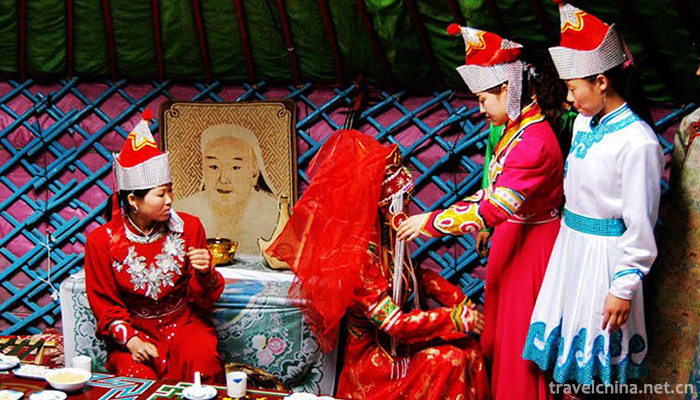

Mongolian Wedding
-
Chinese Elk Garden Scenic Spot
Jiangsu Dafeng Elk National Nature Reserve is located in the Yellow Sea coast, with a total area of 78,000 hectares, including 2668 hectares in the core area
Views: 174 Time 2018-12-06 -
Fuzhou national forest park
Fuzhou National Forest Park (also known as "Fuzhou Botanical Garden") is the first National Forest Park in Fujian Province, one of the ten National Forest parks, and one of the six 4A scenic
Views: 188 Time 2019-01-12 -
Sunan Wenshu Temple Scenic Spot
The Sunan Wenshu Temple scenic spot is located at the foot of the Suzhu Chain, the main peak of Qilian Mountain in Sunan County, Gansu Province. It is a national key cultural relic protection unit and
Views: 195 Time 2019-02-13 -
Traditional Toys Tancheng Wooden Rotary Toys
Tancheng Wooden Rotary Toy is an ancient traditional handicraft. Originated in Fanyuan Village, north of Gangshang Town, Tancheng County, Linyi City, Shandong Province, it is commonly known as "p
Views: 195 Time 2019-04-21 -
Alpine Hand in Hand Dance
"Hand-in-hand dance" is a kind of self-entertainment dance with the longest history and widespread spread spread among the folk dances of the mountain nationality. During the wedding and fes
Views: 111 Time 2019-04-30 -
hubei drum
The original name of Hubei drum is "drum book", also known as "drum storytelling" and "drum Beijing tune", etc. It is a traditional rap art popular in Xiaogan
Views: 162 Time 2019-05-03 -
Construction Techniques of Li Nationalitys Ship type House
The carrier of the excellent architectural skills of the Li nationality will inevitably fade out of sight in the fierce collision between traditional civilization and modern civilization. Today only a
Views: 278 Time 2019-05-12 -
Qingyang Opera
During Jiajing period of Ming Dynasty, Yiyang Tune of Jiangxi flowed into Qingyang County of Chizhou Prefecture in Southern Anhui Province. It was combined with local language, folk opera (Kunshan Tun
Views: 182 Time 2019-06-11 -
Sigangli
Lincang City is located in the southwest of Yunnan Province, which is adjacent to the west, southwest of Yunnan and Myanmar. It has jurisdiction over one district, four counties and three autonomous c
Views: 152 Time 2019-06-16 -
Soil alkali firing technology
On June 7, 2008, the soil-alkali firing system was approved by the State Council and listed in the second batch of national intangible cultural heritage list.
Views: 405 Time 2019-06-23 -
Ban Zhao
Ban Zhao (about 45 years - about 117 years), also known as Ji, the word Hui ban. Fufeng An Ling (now northeast of Xianyang, Shaanxi), a historian and a writer of Eastern Han Dynasty. historian Ban Bi
Views: 306 Time 2019-09-11 -
Shicheng mountain
It is located in Shicheng mountain, Hengjiang Town, Xuzhou District, Sichuan Province. The total area is 5500 mu, including 4100 mu of forest. Shicheng mountain inclines from southwest to northeast. It has a good momentum
Views: 151 Time 2020-10-16
